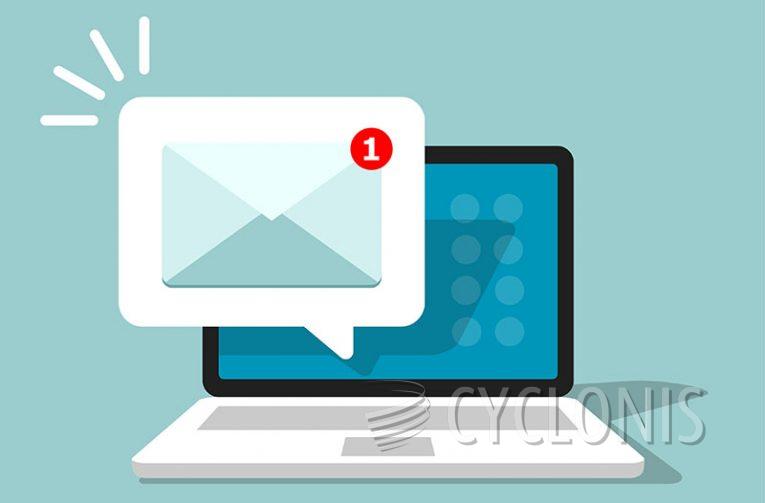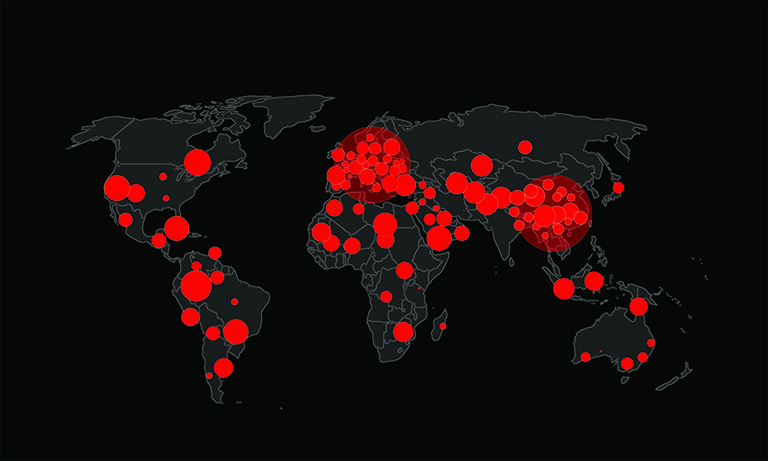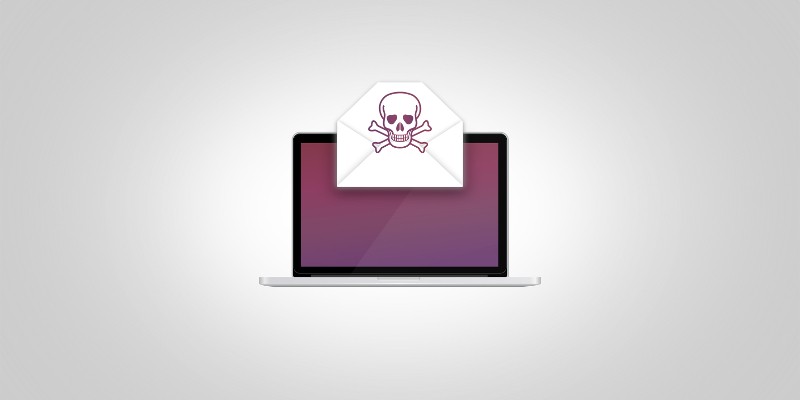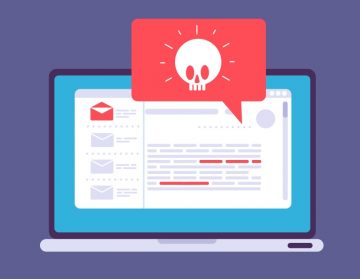Reconfirm Account Ownership Email Scam

Table of Contents
Understanding the Message
The "Reconfirm Account Ownership" email is part of a widespread phishing scam aimed at tricking recipients into revealing their email login details. It typically claims that you must re-verify your email account due to an update or risk having it deactivated. While the message may look official and urgent, it's entirely fraudulent and not connected to any real email provider.
These emails often mimic the style of legitimate communication, using familiar layouts and branding to appear credible. However, their sole purpose is to direct you to a fake login page that captures any information you submit.
The Hidden Danger Behind the Link
Although the website linked in these emails was inactive at the time it was discovered, scammers can easily re-enable it or use different links in future iterations. When active, these phishing sites usually resemble standard email login portals, prompting users to enter their credentials.
Any data you submit on these pages goes directly to cybercriminals. Once they have your email and password, they can gain control of your inbox and potentially access other accounts associated with it.
Here's what the fraudulent message says:
Subject: Confirm Your XXXXXXX: account ownership 4/14/2025 8:36:28 p.m.
XXXXXXX Verification
Account expires on 15th April 2025Hi XXXXXXX
Please reconfirm account ownership below due to doman update!
Download and reconfirm XXXXXXX Password
XXXXXXX IT Team 2025
Message securely sent to XXXXXXX lplease ignore if wrongly received.
Why Email Access Matters to Scammers
Email accounts often serve as gateways to our digital lives. With access, scammers can view sensitive personal information, reset passwords on other services, or impersonate the account owner to deceive others.
This control enables attackers to carry out a variety of fraudulent activities. For example, they might reach out to your contacts pretending to be you, asking for money, or sending infected files. They can also comb through your emails for financial information or security codes.
The Risk of Identity and Financial Theft
In more serious cases, scammers use hijacked emails to access banking, e-commerce, or payment service accounts. This can lead to unauthorized purchases, stolen funds, or even identity theft.
If scammers manage to take over your financial accounts, they may make transactions or transfer money to external accounts. Once funds are moved, they are extremely difficult to recover, making prevention all the more important.
What to Do If You Clicked or Entered Your Details
If you suspect that you've interacted with a phishing email like this one, especially if you entered your login information, take immediate action. Change your password right away—not only for your email account but also for any services connected to that address.
Additionally, contact your email provider's official support to report the incident and secure your account. They can help identify if there's been any unauthorized access and suggest further protective measures.
Why These Emails Can Be Convincing
Many phishing emails are well-crafted and designed to look like legitimate messages. They often use professional layouts, logos, and familiar wording. The goal is to create a sense of urgency, making the recipient act quickly without fully assessing the situation.
The "Reconfirm Account Ownership" scam effectively uses this approach. Warning users of potential account expiration encourages panic-driven decisions, which increases the chances of falling for the scam.
How Phishing Spreads and Evolves
Phishing scams like this one are typically spread through mass email campaigns. The messages may also contain malicious attachments or links to malware-laden sites. These files come in many forms, including ZIP archives, executable files, PDFs, or Office documents.
Some types of malware require additional steps, such as enabling macros in a Word document or clicking on a hidden link. Once these actions are taken, the malware can install itself and begin stealing data or infecting the system.
How to Recognize and Avoid These Scams
Always examine unsolicited emails carefully, especially those that ask for personal information or contain urgent language. Be cautious of messages with poor grammar, unfamiliar senders, or mismatched URLs.
Avoid clicking links or opening attachments in suspicious messages. If you're unsure if a message is genuine, visit the official website directly or contact the company through verified channels rather than responding to the email.
Safe Practices for the Digital World
To stay protected, download software and updates only from official websites. Avoid using cracked software or unofficial update tools, as these are common sources of malware.
Use strong, unique passwords for each of your accounts and enable two-factor authentication where possible. This adds another security layer in case your credentials are ever compromised.
Bottom Line
The "Reconfirm Account Ownership" email scam is one of many phishing tactics targeting users today. While it may seem harmless or even official at first glance, it's designed to steal your credentials and compromise your online security.
By staying informed, practicing caution with incoming messages, and maintaining good cybersecurity habits, you can safeguard your personal information and avoid these deceptive schemes.








